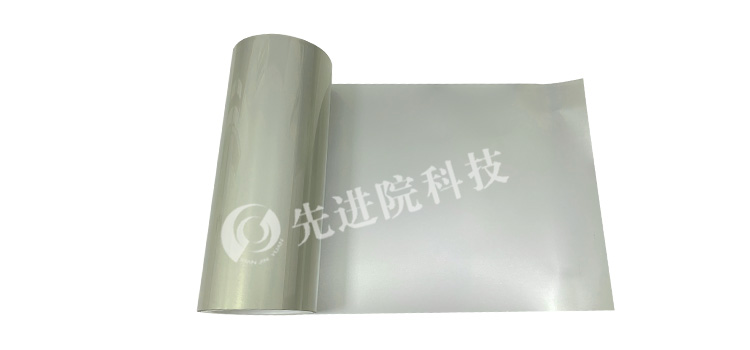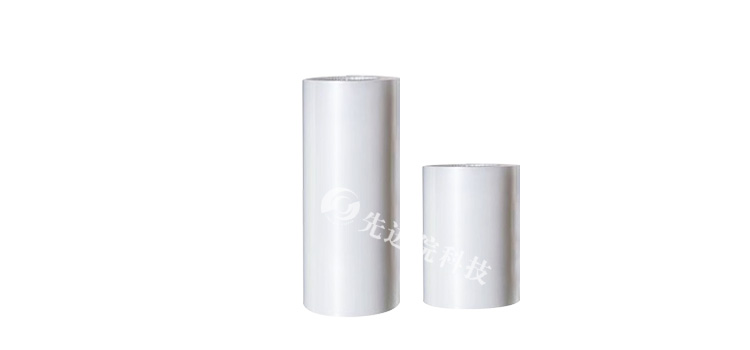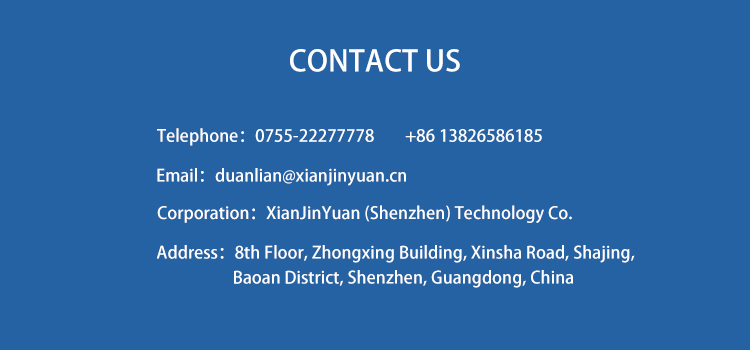

Hotline:0755-22277778
Tel:0755-22277778
Mobile:13826586185(Mr.Duan)
Fax:0755-22277776
E-mail:duanlian@xianjinyuan.cn
Nickel plated filmAs a common surface treatment technology, it has a wide range of applications in many industrial fields. It not only provides good corrosion protection for the substrate, but also enhances its mechanical properties such as hardness, wear resistance, and fatigue resistance. With the advancement of science and technology and changes in market demand, various nickel plated films made of different materials such as PI nickel plated film, PET nickel plated film, PP nickel plated film, and PEN nickel plated film have emerged one after another, further expanding their application scope. This article will focus on introducing the latest research progress and potential application scenarios of these emerging nickel plating film materials, and explore technological innovations in the specific field of thin film nickel plating.
2.1 Basic Concepts
Nickel plating film refers to the deposition of a layer of nickel metal on the surface of various organic polymer thin films through electroplating or chemical plating, in order to impart specific functions to the substratecomposite materialNickel coatings typically have excellent conductivity, corrosion resistance, and decorative properties, and are therefore widely used in industries such as electronics, aerospace, and automotive manufacturing. According to the different types of substrates, nickel plating films can be divided into various types, among which the most common ones include:
PI nickel plating film: using polyimide (PI) as the base material, suitable for protection and insulation treatment in high temperature environments;
PET nickel plating film: based on polyethylene terephthalate (PET), commonly used in the production of flexible printed circuit boards (FPC);
PP nickel plating film: based on polypropylene (PP), suitable for applications that require lightweight and certain mechanical strength;
PEN nickel plating film: using polyethylene naphthalate (PEN) as a carrier, it has higher thermal stability and barrier properties.
2.2 Main Process Flow
Whether it is electroplating or chemical plating, the basic steps for preparing nickel plating films are similar, mainly including pretreatment, activation, sensitization, pre plating, and formal plating. It is worth noting that different substrates may require specific surface pretreatment measures to ensure a strong bond between the coating and the substrate. In addition, the thickness of the coating can be adjusted according to actual needs. Generally, the thickness can be customized ranging from a few micrometers to tens of micrometers.
Polyimide films play an important role in many high-tech industries due to their excellent thermal and chemical stability. After nickel plating treatment, not only can its wear resistance and conductivity be greatly improved, but it can also maintain excellent electrical insulation performance over a wider temperature range. Especially in the field of electronic component packaging working in high-temperature environments, the advantages of PI nickel plating film are particularly evident.
Compared to other types of nickel plated films, the biggest advantage of PET nickel plated film is its lower cost and easier processing. Therefore, in situations where cost reduction is required but performance requirements are not particularly stringent, such as in the FPC manufacturing process of consumer electronics products, PET nickel plating film becomes one of the preferred solutions.
Although polypropylene itself is a non-polar material that is not easily reactive with other substances, after appropriate modification and nickel plating process, it can effectively overcome this defect and demonstrate good comprehensive performance. Especially in the packaging industry, the use of PP nickel plated film can effectively prevent the contents from being affected by oxygen and water vapor in the external environment, extending the shelf life.
Polyethylene terephthalate, as a new type of engineering plastic, is known for its unique heat resistance, chemical resistance, and gas barrier properties. The composite material formed by depositing a nickel layer on its surface not only inherits the excellent quality of PEN itself, but also further improves its surface hardness and wear resistance, making it suitable for making diffusion or reflection sheets in high-performance display backlight modules.
In recent years, with the rapid development of new energy vehicles and 5G communication technology, the demand for high-capacity lithium-ion batteries has been increasing, which poses new challenges for copper foils used as negative electrode current collectors in batteries. Although traditional pure copper foil has good conductivity, it has the problem of insufficient mechanical strength, which can easily deform or even break after multiple charge and discharge cycles, thereby affecting the reliability and service life of the entire battery system. Therefore, the development of new copper foil materials that combine high strength and high conductivity has become one of the key issues that urgently need to be addressed. In this context, copper foil nickel plating technology has emerged, which can greatly improve these problems by forming a thin nickel coating on the surface of copper foil.
Research has shown that an appropriate thickness of nickel plating can not only significantly enhance the overall rigidity and impact resistance of copper foil, but also have a certain anti-corrosion effect. However, excessively thick coatings can reduce conductivity efficiency, so it is particularly important to find the optimal coating thickness to balance the relationship between the two.

Advanced Institute (Shenzhen) Technology Co., Ltd, © two thousand and twenty-onewww.avanzado.cn. All rights reservedGuangdong ICP No. 2021051947-1 © two thousand and twenty-onewww.xianjinyuan.cn. All rights reservedGuangdong ICP No. 2021051947-2